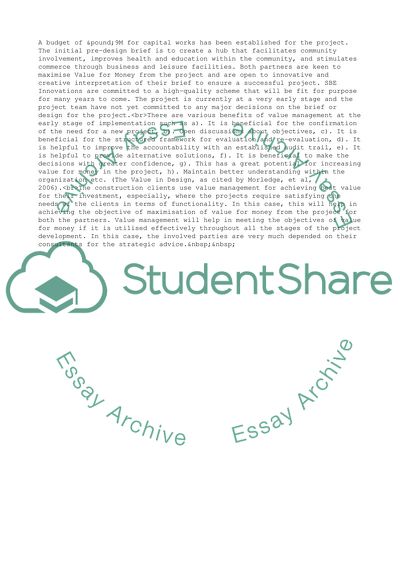Cite this document
(Value and Risk Management Assignment Example | Topics and Well Written Essays - 3500 words, n.d.)
Value and Risk Management Assignment Example | Topics and Well Written Essays - 3500 words. Retrieved from https://studentshare.org/management/1746232-value-and-risk-management
Value and Risk Management Assignment Example | Topics and Well Written Essays - 3500 words. Retrieved from https://studentshare.org/management/1746232-value-and-risk-management
(Value and Risk Management Assignment Example | Topics and Well Written Essays - 3500 Words)
Value and Risk Management Assignment Example | Topics and Well Written Essays - 3500 Words. https://studentshare.org/management/1746232-value-and-risk-management.
Value and Risk Management Assignment Example | Topics and Well Written Essays - 3500 Words. https://studentshare.org/management/1746232-value-and-risk-management.
“Value and Risk Management Assignment Example | Topics and Well Written Essays - 3500 Words”, n.d. https://studentshare.org/management/1746232-value-and-risk-management.


